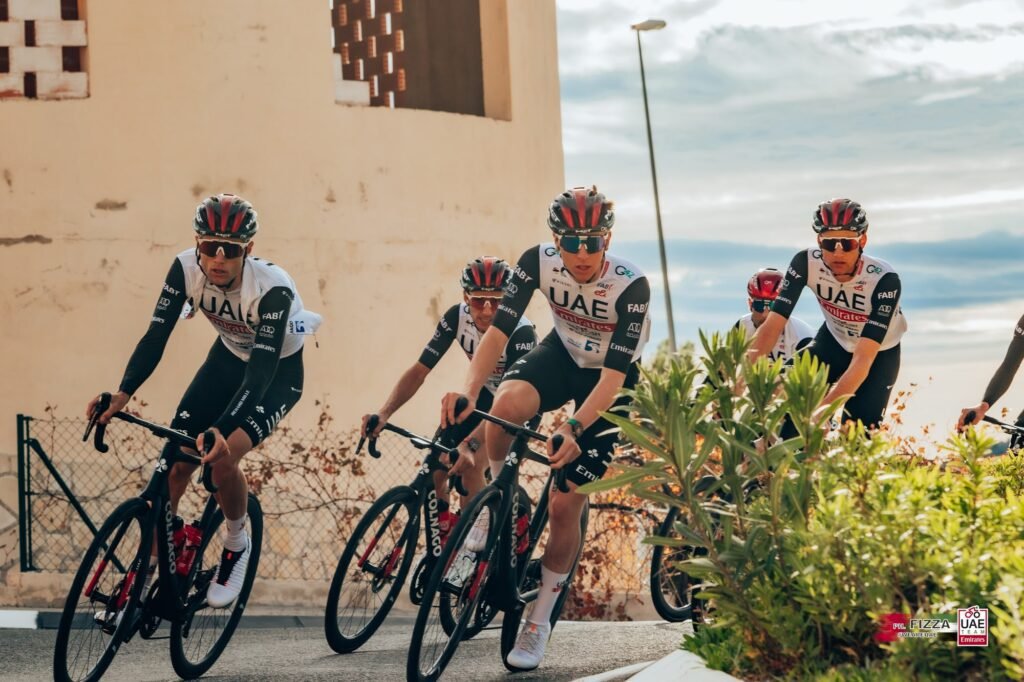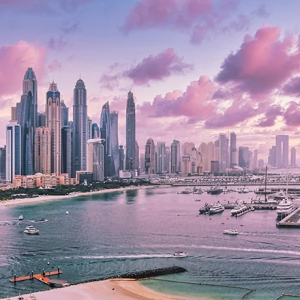Once dominated by sleek highways and luxury vehicles, the cities of the United Arab Emirates are now witnessing a powerful cultural shift. A new passion is weaving itself into the urban fabric: cycling. From Abu Dhabi to Dubai, pedal power is gaining serious traction, transforming not only how people move, but how they connect, live, and imagine the future.
This rising cycling culture isn’t just a trendy pastime. It’s becoming a movement—one fueled by infrastructure, policy changes, environmental awareness, and a growing appetite for wellness and community.
Abu Dhabi: Leading the Way on Two Wheels
Abu Dhabi is positioning itself as the cycling capital of the Middle East. What began as a modest push to offer recreational cycling routes has evolved into a bold citywide strategy. Today, the capital boasts over 300 kilometers of dedicated cycling tracks, and ambitious plans are in place to extend this to 1,000 kilometers.

The city has embraced cycling with a mix of world-class facilities and community-focused development. Hudayriyat Island, for instance, has become a haven for cyclists with its 28-kilometer track offering sea views and smooth lanes perfect for both amateurs and pros. The desert trail at Al Wathba, stretching around 40 kilometers, offers a surreal experience—cycling amid the golden dunes at sunrise.
Even the world-famous Yas Marina Circuit, home to Formula One races, opens its track to cyclists twice a week. It’s a surreal yet thrilling sight: riders of all ages and skill levels pedaling where race cars usually thunder past.

What makes Abu Dhabi’s efforts remarkable is how seamlessly cycling is being integrated into the city’s broader mobility plans. Initiatives include bike-sharing systems, smart city integration for traffic safety, and events that promote cycling as not just fitness, but a lifestyle.
Dubai: A Vision for a Pedal-Friendly Future
Dubai, never one to be left behind when it comes to innovation, has embarked on its own cycling revolution. The city currently offers over 460 kilometers of cycling tracks and has a vision to grow that to nearly 800 kilometers by 2026. These aren’t just token paths, but thoughtfully designed routes that link neighborhoods, parks, beaches, and iconic landmarks.

One of the most futuristic projects in development is “The Loop”—a 93-kilometer climate-controlled cycling highway designed to offer safe, year-round access to key areas of the city. The Loop is envisioned not just as an infrastructure project but as a lifestyle enabler, connecting communities, reducing traffic congestion, and offering a real alternative to car travel.
Bike rental programs have also flourished, particularly through partnerships with mobility companies that provide smart bicycles and docking stations across the city. Residents and tourists alike can hop on a bike using an app, making short trips or leisurely rides convenient and accessible.
Dubai’s urban plan places a strong emphasis on health, happiness, and sustainability. Cycling fits perfectly into this equation. The city is working to align its cycling initiatives with broader goals, like reducing carbon emissions, encouraging outdoor activity, and creating connected communities.
Building a Community, Not Just Infrastructure
It’s easy to get caught up in the gleaming new tracks and futuristic plans, but the soul of the UAE’s cycling boom lies in its people. Community is what truly powers this movement.
In Abu Dhabi, local cycling clubs and grassroots organizations play a pivotal role in bringing people together. The Abu Dhabi Cycling Club, for example, organizes weekly group rides that are open to everyone. Whether you’re a seasoned cyclist or just starting out, there’s a welcoming space for you.
Similarly, in Dubai, cycling has evolved into a social activity. On any given weekend, you can find families cycling along Jumeirah Beach, competitive groups training on Al Qudra Road, or friends meeting up for a scenic ride through Mushrif Park. These experiences go beyond fitness. They build connections, create shared memories, and contribute to a collective identity rooted in health and movement.
Events such as “Dubai Ride” and “Bike Abu Dhabi Gran Fondo” have drawn thousands of participants, offering the chance to cycle through some of the most iconic urban settings, from skyscraper-lined boulevards to serene desert landscapes. These events have turned cycling into something celebratory, inclusive, and profoundly local.
Health, Wellness, and a Greener Tomorrow

The health benefits of cycling are well-documented—improved cardiovascular fitness, mental clarity, and stronger muscles, to name a few. But in a region where climate and lifestyle-related illnesses are on the rise, the impact of a cycling-friendly culture is especially meaningful.
Cities that promote cycling send a clear message: health matters. In the UAE, this message aligns with national wellness goals. Cycling provides a low-impact, highly effective way for people of all ages to stay active.
Moreover, the environmental implications are just as significant. Replacing even a fraction of car trips with bicycle rides can drastically reduce greenhouse gas emissions, decrease urban noise, and improve air quality. As the world grapples with climate change, every pedal stroke becomes part of a larger solution.
In the UAE’s context, where energy consumption has historically been high and reliance on cars deeply ingrained, the shift towards cycling reflects a broader cultural awakening. It’s about sustainability not just as a policy, but as a personal and communal value.
Challenges on the Path Forward
Of course, no cultural shift comes without its hurdles. The UAE’s hot climate, particularly in the summer months, poses a real challenge. However, innovations like shaded cycleways, hydration points, and climate-controlled routes like The Loop are addressing these concerns head-on.
Safety is another key issue. As cycling becomes more popular, ensuring the safety of cyclists alongside vehicles is critical. Authorities are taking steps to implement better signage, segregated lanes, and educational campaigns to promote road-sharing etiquette.
Accessibility remains a work in progress too. While major cities are investing heavily, smaller communities may still lack basic cycling infrastructure. Expanding the reach of cycling networks to more areas will be vital to making this cultural shift truly inclusive.
A New Identity on Wheels
What we’re witnessing in the UAE is more than a transportation trend. It’s the emergence of a new urban identity—one that prioritizes connection over convenience, movement over motors, and community over isolation.
The image of a UAE city is no longer just skyscrapers and supercars. It’s also winding bike paths, early-morning rides, helmeted commuters, and weekend racers. It’s families pedaling together through parks and cyclists waving at each other as they pass on tree-lined routes.
In many ways, the cycling movement is rehumanizing the urban landscape. It invites us to slow down, breathe deeper, and experience the city not through a window, but with all five senses. It creates space for reflection, for play, and for meaningful connection with others.
Pedaling Toward the Future
Looking ahead, the UAE’s commitment to cycling represents more than just an investment in infrastructure. It’s a vision for what the cities of tomorrow could and should look like: clean, connected, and community-driven.
The transformation isn’t just happening in policy documents or urban plans. It’s happening on the streets, in the neighborhoods, and in the lives of people who are rediscovering their cities from a bicycle seat.
Whether it’s a daily commute, a weekend adventure, or a casual sunset ride, cycling is now a part of the UAE’s story. And it’s a story that’s still being written, one pedal stroke at a time.
From building world-class infrastructure to nurturing vibrant communities, the UAE is setting the pace—and the rest of the region is starting to follow. In a country known for dreaming big, cycling is proving that even the simplest movements can lead to powerful transformations.
In the end, the message is clear: the future is not just fast or futuristic. It’s also fit, fun, and on two wheels.
Read More: GCC Rising: From Celebrity Lifestyles to Digital Breakthroughs














